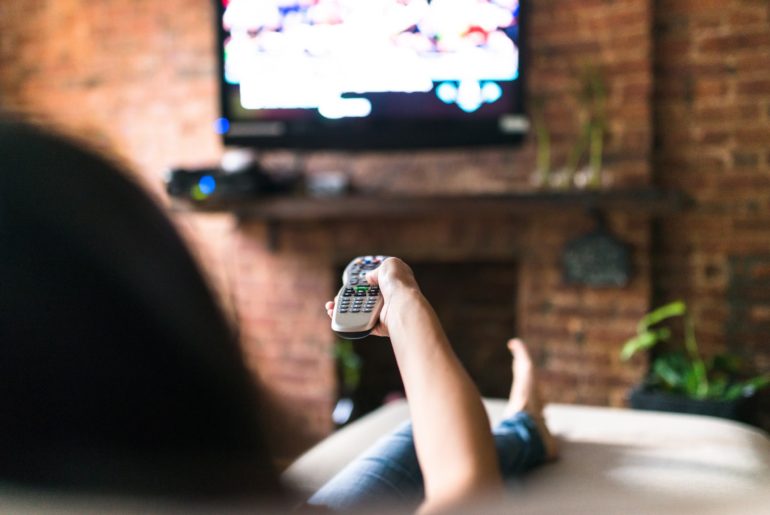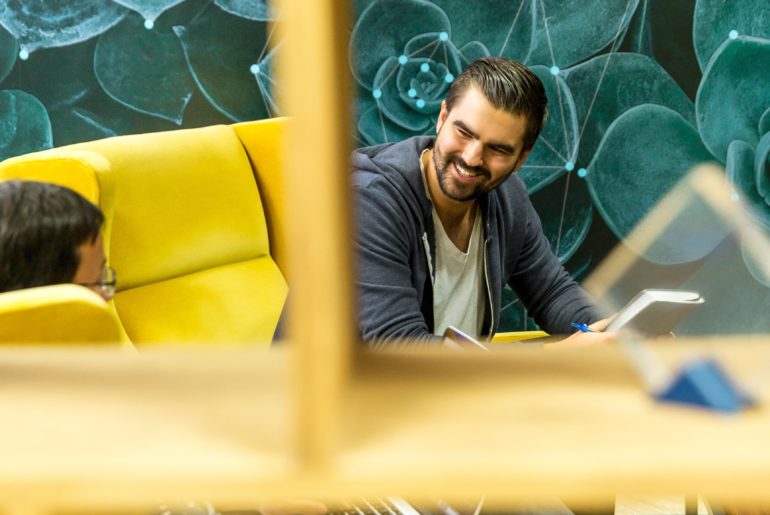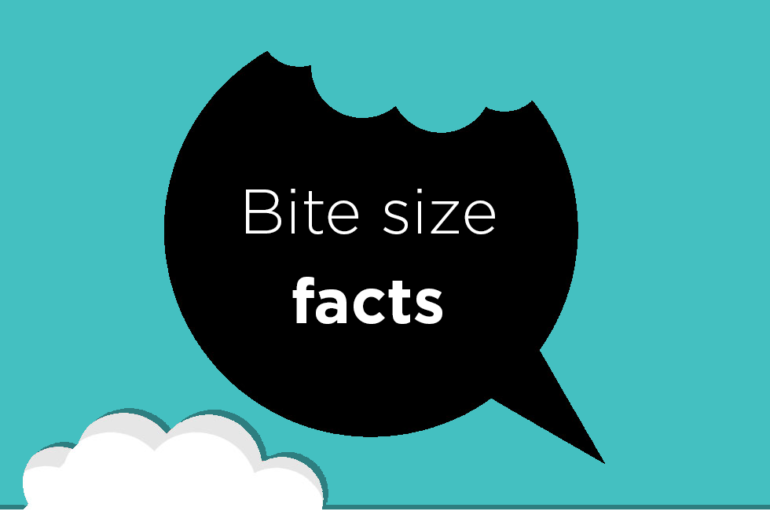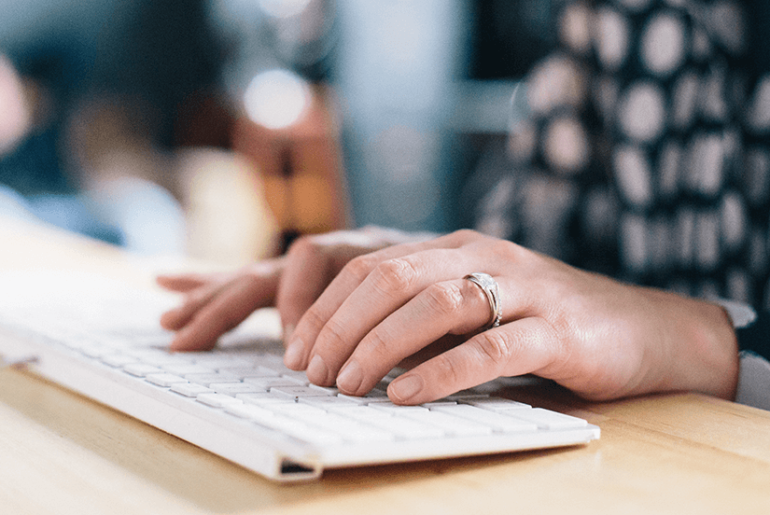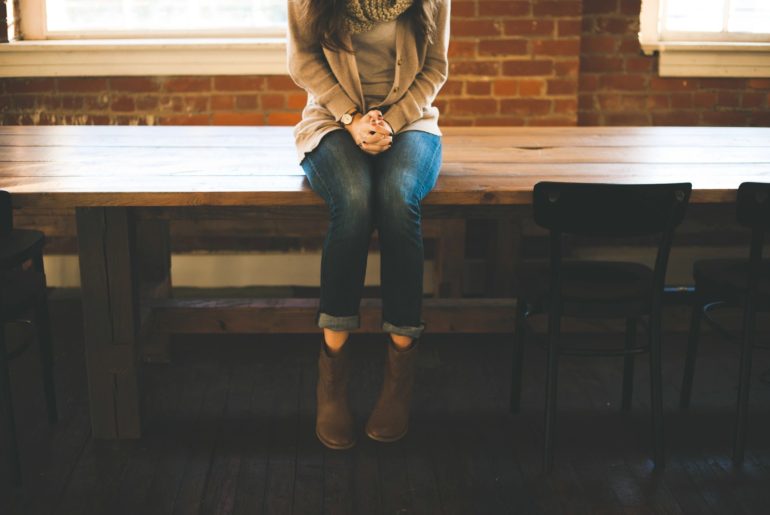Nowadays it seems you can sign up to a team challenge for almost anything and there is a good reason why; friendly competition is a great way to boost engagement and help maintain momentum for change. When we talked to staff and champions nearly all of them said that team competitions like stepathons and stair challenges were (or should be) a key part of their BeUpstanding™ journey. So what’s the science behind competitions? Well, we know that peer support (or peer pressure?!) is a key technique for supporting behaviour change. As one staff member said I’m the type of person that needs to be reminded to do things for myself and my health. It was much easier with everyone being on board. I guess it was contagious.. in a good way What are you waiting for? Start a friendly BeUpstanding™ competition today! Sign up to the Toolkit now!
Moving every half hour could help limit effects of sedentary lifestyle, says study
Exercise is not enough to ward off the risks of sitting still for long periods of time, regular movement is key! This recent article in the Guardian highlights the latest evidence…
Policies relating to occupational sedentary behaviour?
Your workplace is likely to have policies regarding leave, fire safety, employment conditions, etc. etc. but what about sedentary work? Dr Pieter Coenen led a qualitative review of existing national and international occupational safety and health policies relating to occupational sedentary behaviour. He concluded that although there were no occupational authority policies that focused specifically on sedentary behaviour, there were a relevant aspects of existing policies that could be modified to address occupational sedentary behaviour. Do you have a policy addressing occupational sitting in your workplace? Please share your story with us.
Reduce the health risks of sedentary work
Sedentary work is a growing health and safety concern across the globe. This article is worth a read from the Department of Health and Human Services in the USA. Workplace Solutions From the National Institute for Occupational Health and Safety
Sit, Stand, Move, Repeat!
Tips from the longest-living populations in the world
‘The Blue Zones’ are populations that experience longer, healthier and fuller lives. You might have heard of some of these before, as scientists love to study their behaviours to try to understand what contributes to their longevity. The Blue Zones include Okinawa in Japan, Sardinia in Italy, Ikaria in Greece, The Nicoya Peninsula in Costa Rica and Loma Linda in California, where people are three times more likely to live to 100 than Australians. People living in Blue Zones enjoy much longer lives and lower rates of chronic diseases such as heart disease, diabetes and dementia compared to that seen in the Western world – Tim Crowe, Associate Professor in Nutrition at Deakin University And what is common amongst the people of The Blue Zones? They lead naturally non-sedentary lives, often moving every 30 minutes or so. While Australians understand the need for exercise, what we aim to do with the BeUpstanding Toolkit is to help people in sedentary jobs move more throughout the day. It’s these small changes to behaviour that can have a big impact on health and wellbeing!
Scared? Sit Less! A message from our Healthier Workplace WA partners
Our partners over in WA from Healthier Workplaces have produced some great tools for raising awareness around the dangers of too much sitting. We love their SCARED SIT LESS video! We think you will too.
What is sedentary behaviour and how common is it?
Sedentary behaviour refers to any waking activity characterised by low energy expenditure and a sitting or reclining posture. Common sedentary behaviours include sitting while watching television, driving a car or working at your computer. In Australian office workplaces, sitting behaviour is so common that over three-quarters of the work day is spent sitting, with much of this sitting time accrued in long, unbroken bouts of 30 minutes or more.Further, workplace sitting is the largest contributor to an office worker’s overall daily sitting time. We at BeUpstanding™ can see the potential in reducing sitting in Australian workplaces to improve health outcomes, as well as overall wellbeing, for a healthier, happier workforce.
Why the best posture is the next posture!
Of course some sitting is ok – we all need to have a rest – but sitting for long periods of time without getting up may be particularly bad for our health. Regularly changing your posture between sitting, standing and moving is the key: achieving this is the primary aim of BeUpstanding™. Aim to change your posture every 30 minutes.
What happens when we sit for too long?
When you sit you are spending very little energy and your large postural muscles aren’t working very hard. This means your metabolism starts to slow down which can lead to poor health outcomes in both the short and long term. Too much sitting has been linked to an increased number of musculoskeletal conditions, as well as increased risk of overweight or obesity, type 2 diabetes, cardiovascular disease, some cancers and premature death. Time to stand up?


